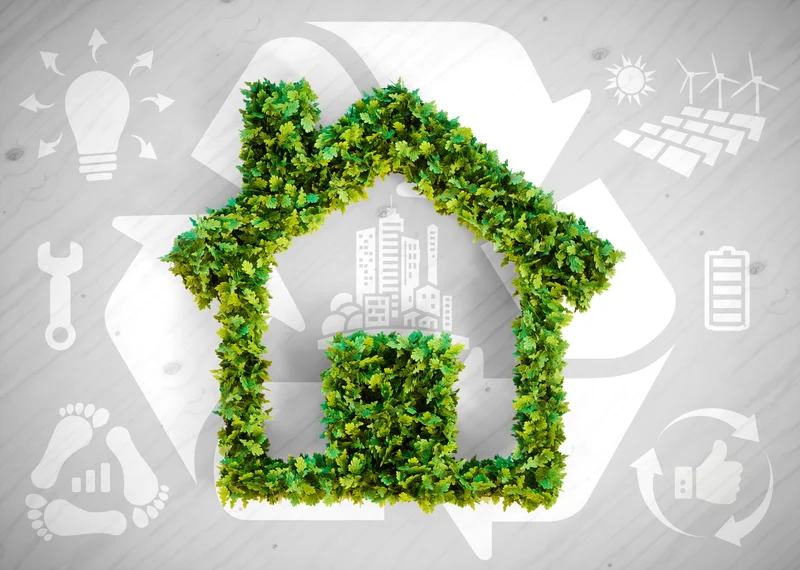Table of Contents
Introduction to Energy Storage
Energy storage is crucial in today’s energy landscape, especially as we shift to renewable energy sources like solar and wind. These sources only generate energy intermittently when the wind blows, or the sun shines. With energy storage, we can store excess energy produced during peak periods when production is low or demand is high. Balancing supply and demand is essential for maintaining a reliable and efficient energy system. Different energy storage systems, including lithium-ion batteries and thermal and mechanical storage, provide various techniques for storing and controlling energy. These systems allow homeowners to maximize the use of renewable energy, reduce reliance on the electrical grid, and ensure a continuous power supply during outages. By integrating energy storage systems into their homes, individuals can achieve greater energy independence, save on electricity costs, and contribute to a more sustainable future.
How Energy Storage Works
The basic principle of energy storage involves converting energy from one form to another and storing it for later use. When required, the stored energy is converted back to a usable form. This process can be achieved through various technologies suitable for different applications and scales. In most cases, energy storage systems charge during low-demand periods and discharge during peaks. This tactic helps balance supply and demand while also increasing the overall efficiency of the energy system by removing the need for instantaneous power generation during peak hours.
For instance, batteries store electrical energy as chemical energy, which is converted back to electricity when needed. Similarly, pumped hydro storage uses excess electricity to pump water to a higher elevation. It is stored as gravitational potential energy, later released through turbines to generate electricity. Every technique has benefits and uses, and selecting the best energy storage system relies on several variables, including the scope of the application, the type of energy source, and the particular needs for energy storage.
Benefits of Energy Storage
Energy storage systems offer numerous benefits for homeowners, enhancing energy independence, cost savings, and environmental sustainability. These systems lessen dependency on the grid by storing extra energy generated by renewable sources, such as solar panels, to provide a consistent power supply even at night or during overcast conditions. This capability also allows for peak shaving, using stored energy during high-cost peak hours, thus lowering electricity bills. Additionally, it provides backup power during outages, ensuring critical appliances and systems remain operational. Environmentally, they maximize renewable energy, reducing the carbon footprint and promoting a cleaner, greener energy future.
Current Innovations in Energy Storage
Recent innovations in energy storage have focused on improving battery technology, enhancing energy density, and reducing costs. Solid-state batteries, which provide greater energy capacity and enhanced safety over conventional batteries, are one noteworthy development.
Another area of innovation is the development of flow batteries, which use liquid electrolytes to store energy. These highly scalable batteries can be tailored to specific energy storage needs, making them ideal for large-scale applications. Furthermore, due to developments in materials science, novel electrode materials that extend battery life and enhance performance are being developed.
Real-World Applications of Energy Storage
Energy storage systems are being utilized in various real-world applications such as:
- Electric Vehicles: Advanced battery systems power electric cars, promoting cleaner transportation. The continued advancement of battery technology is essential to the widespread usage of electric vehicles (EVs). High-capacity, long-lasting batteries are vital for extending the range of EVs and reducing charging times, making them a more viable option for consumers and helping to lower carbon emissions from the transportation sector.
- Residential Energy Storage: Battery storage devices are used by homeowners to control their electricity use and lower their energy costs. Homeowners can store extra solar energy produced during the day for use at night or during power outages by installing residential energy storage systems, which are frequently combined with solar panels. This enhances energy independence and provides a backup power source, ensuring continuous electricity supply even during grid disruptions.
- Grid-Scale Storage: Utilities implement large-scale storage solutions to improve grid resilience and reliability. Large-scale energy storage installations help utilities manage load fluctuations, integrate renewable energy sources, and reduce reliance on fossil-fuel-based power plants. These systems are crucial in modernizing the electricity grid and supporting the transition to a cleaner, more sustainable energy infrastructure.
Challenges and Solutions for Energy Storage
Despite its numerous benefits, energy storage faces challenges like high initial costs, limited battery lifespans, and the need for efficient recycling methods. Addressing these issues requires continuous innovation and policy support. Government regulations and financial incentives can somewhat offset the high initial costs of energy storage systems, increasing their affordability and accessibility for both households and companies.
Furthermore, advancements in recycling technologies are essential for managing the lifecycle of energy storage materials. Efficient recycling methods can help recover valuable materials from used batteries, reducing waste and lowering the environmental impact of energy storage systems. Continued research and development in this area are vital for creating sustainable and environmentally friendly energy storage, disposal, and recycling solutions.
Future Prospects of Energy Storage
The future of energy storage looks promising, given ongoing technological advancements and growing awareness of its benefits. As renewable energy sources continue to expand, robust and efficient energy storage systems will be pivotal in ensuring a sustainable and reliable energy landscape. The integration of artificial intelligence and advanced materials science will likely drive the next wave of innovations in this field.
Artificial intelligence (AI) can optimize the performance and management of energy storage systems by predicting energy demand, enhancing grid stability, and improving the efficiency of energy storage operations. Additionally, research in advanced materials science is expected to develop new, high-performance materials that can store more energy, last longer, and be produced more sustainably. Together, these advancements will help to reduce the costs further and improve the effectiveness of energy storage solutions, making them an integral part of the global energy infrastructure.

